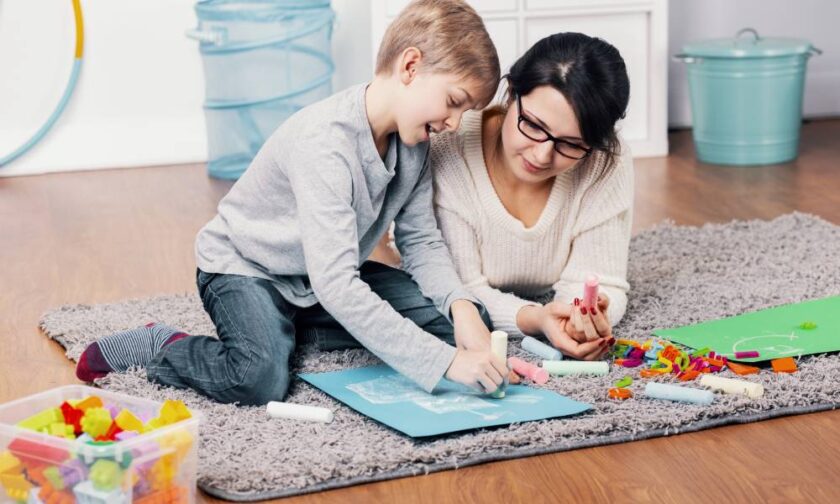Creating a calm and soothing environment at home is essential, especially for children with autism. Sensory overload can be overwhelming, but with thoughtful adjustments, you can make your home more comfortable. Read on to explore practical ideas for reducing sensory overload in your home.
Declutter and Simplify Spaces
A clutter-free environment can significantly reduce visual stimulation and help create a sense of calm. Use storage solutions such as bins, shelves, and cabinets to keep items out of sight. You can also opt for minimalistic décor by choosing a few meaningful pieces instead of filling every surface with knick-knacks.
Creating designated areas for specific activities also simplifies spaces. Having clear boundaries can help children know what to expect in each space.
Soften the Lighting
Proper lighting can make a huge difference in managing sensory overload.
Maximize natural light during the day by opening curtains and blinds. Natural light is calming and less harsh than artificial light. When natural light isn’t an option, we recommend using soft, warm-colored light bulbs instead of bright white or fluorescent lights, as these are gentler on the eyes. If possible, install dimmer switches to control the brightness of the lights so that you can adjust the lighting based on the time of day and activity.
Manage Noise Levels
Noise can be a significant trigger for sensory overload. Use rugs, carpets, and heavy curtains to absorb sound and reduce echoes. Addressing echo issues in your home can limit stimulation from noise and help kids relax, focus, and generally enjoy being home.
Also consider using white noise machines to mask disruptive sounds. These machines can create a consistent and soothing background noise. Consider testing out different kinds of background noise to see which, if any, of the noises work for them.
That said, some kids just don’t enjoy white noise—for them, designated quiet spaces in the house might be a better solution. While not all noises are easy to control, these escapes can prove beneficial in moments when the sensory experience becomes too overwhelming.
Create Sensory-Friendly Spaces
Designing sensory-friendly spaces can provide a sanctuary for your child when they feel overwhelmed. Set up a sensory corner with soft cushions, weighted blankets, and calming toys. Work with your child to incorporate different textures into the sensory-friendly spaces. Help them pick out textures that soothe them instead of contributing to the sensory overload.
Establish Routines and Predictability
Routines and predictability can significantly reduce anxiety and sensory overload for children. Knowing what to expect each day can be comforting for your child, so it can be helpful to use consistent visual schedules to outline daily activities. When possible, give your child advance notice before any transitions. A five-minute warning before changing activities can help them mentally prepare.
Creating a calm and supportive home environment is vital, especially for children with autism. We hope these ideas for reducing sensory overload in your home inspire you to make small but impactful changes. Your efforts will create a nurturing environment where your child feels safe and comfortable.






